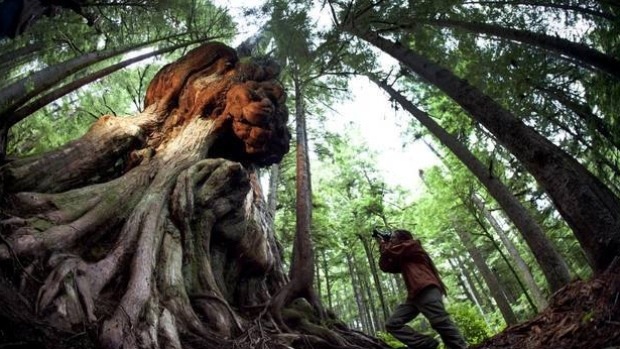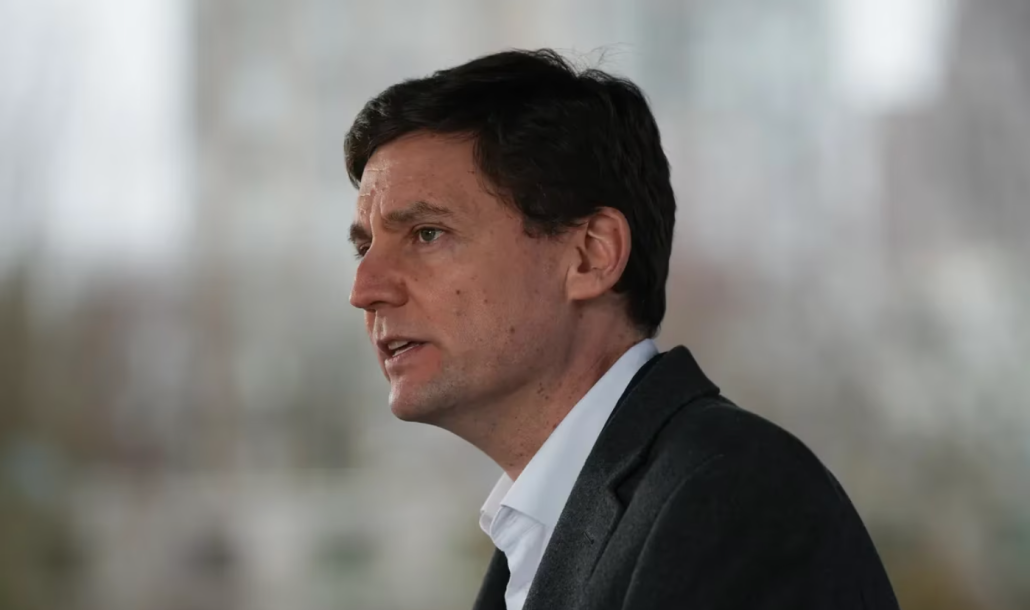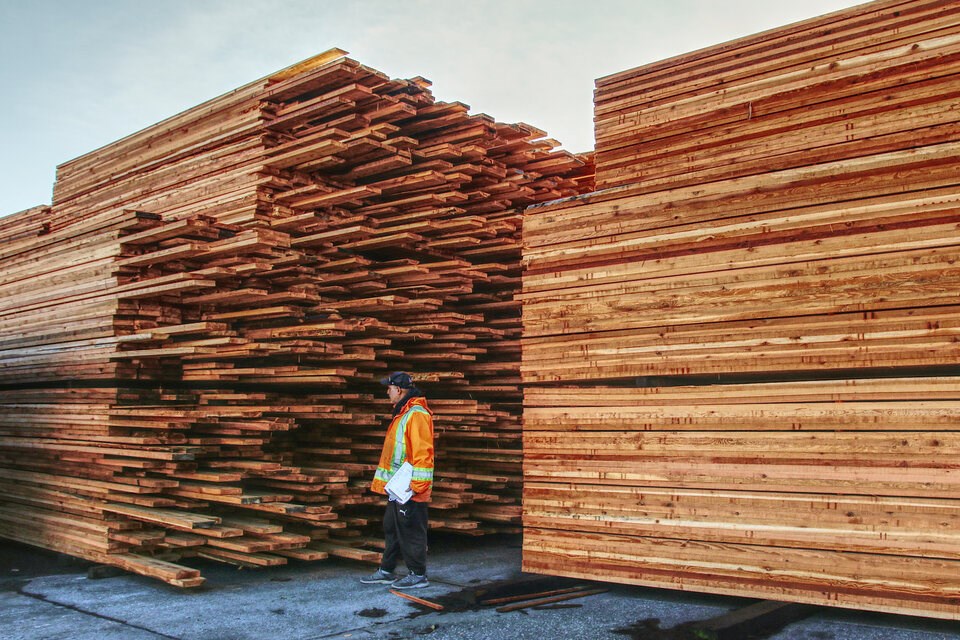 Jul 20 2016
Jul 20 2016Vancouver Island old growth on brink of collapse, environmental group claims
Vancouver Island’s forests are on pace for an ecological and economic collapse, according to new data collected by the Sierra Club of B.C.
The environmental advocacy group is calling on the B.C. government to help phase out old growth logging in favour of younger second growth trees.
“It’s urgent to enter this period of transition now and help industry move towards second growth logging in just a few years,” said the Sierra Club’s Jens Wieting.
“Then we have a possibility to have old growth forest for tourism, as a carbon sink and for our children to enjoy in 50 or 100 years.”
But the B.C. government is leery of sudden changes that might negatively affect the industry — one that contributes $2.5 billion to three levels of government and employs nearly 150,000 people.
New partners in conservation
Port Renfrew is one of many Vancouver Island communities searching for a future after logging.
At one time, logging trucks would dominate Highway 14 — the two hour coastal drive from Victoria to Port Renfrew.
“We have to acknowledge that the logging industry is responsible for the town being there in the first place,” said Dan Hager, president of the Port Renfrew Chamber of Commerce.
But what was once a logging community with a seasonal influx of anglers, has now exploded into a year round tourist destination.
About five years ago, the Ancient Rainforest Alliance successfully lobbied the B.C. government to protect Avatar Grove, a cluster of 80 metre-tall old growth Douglas fir and western red cedar thought to have sprung up 800 years ago — the same year Genghis Khan captured and burnt Beijing to the ground.
That’s when Hager really started to notice some changes.
“People love history and people love this idea of environmental tourism,” he said.
“Old growth, big trees are good for business.”
The business of old growth
This spring, the Port Renfrew Chamber of Commerce pitched a bold policy to the 36,000 businesses that make up the B.C. Chamber of Commerce (BCCC).
Its bottom line: old growth forests have greater economic value as a tourism attraction than as logs.
“We raised the flag and said,’Hey, it makes more sense to bring the tourists in than to take the logs out,'” said Hager.
The policy was overwhelmingly supported by members of the BCCC, and this week, management will individually write each of B.C.’s ministries outlining their new policies.
“Membership is open to the idea of how we can use old growth to promote tourism,” said Dan Baxter of the BCCC, “but at the same time we want to be careful that we balance the needs of the forest industry.”
Atmo Prasad — who manages and analyzes data for the province — is also wary of any sudden changes. He said shifting the logging industry to second growth trees is not practical right now.
“If they don’t have old growth, the amount of harvesting on the island will decrease quite dramatically,” Prasad said.
He crunched the numbers in 2013 and found that old growth logging made up 70 per cent of the island’s logging industry.
“I think market forces will dictate how much that happens,” said Prasad, referring to the potential long-term shift towards second growth forestry.
But for Wieting and the Sierra Club, that’s not fast enough.
Government leadership
“Right now, we only have very superficial information from the B.C. government,” said Wieting, highlighting how the lack of a common, comprehensive data set discourages transitioning to second growth logging.
The government lumps together what remains of old growth forest with high-elevation forest and wetlands, where only small old growth trees can grow, according to Wieting.
“It’s the productive, big tree type of ecosystem that we are most worried about,” said Wieting. “That’s the most endangered trees now — trees that can grow as tall as a skyscraper.”
Another roadblock is re-purposing and re-tooling the existing infrastructure.
“Several of these mills were designed and built for large diameter logs,” said Gary Bull, professor of forest resource management at UBC, “They’ve already run into a shortage of logs either because of export or because of the second-growth logs.”
But Wieting is hopeful.
“We’ve seen government leadership in the Great Bear Rainforest,” he said. “We know that solutions are possible.”
[CBC article no longer available.]






